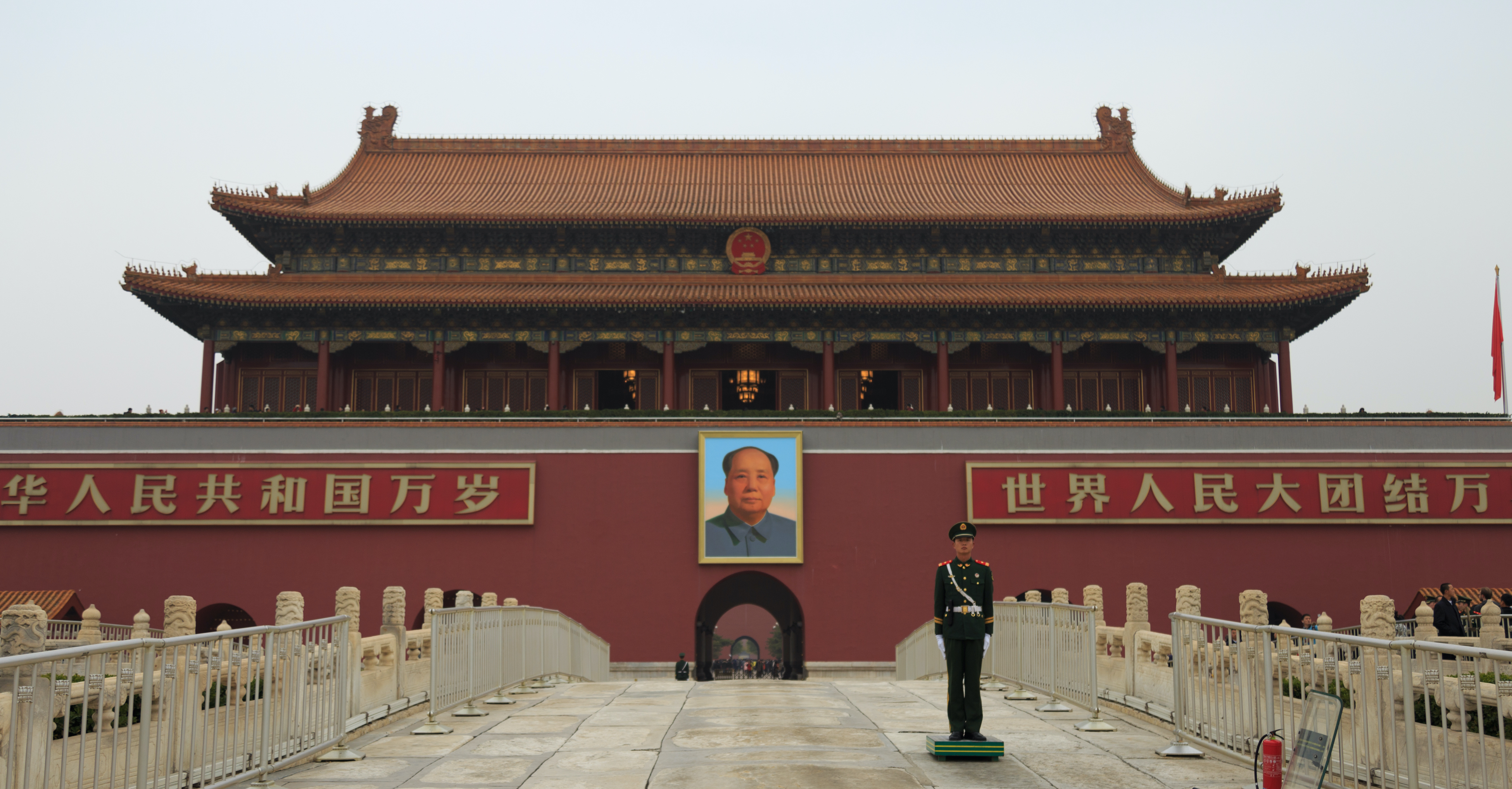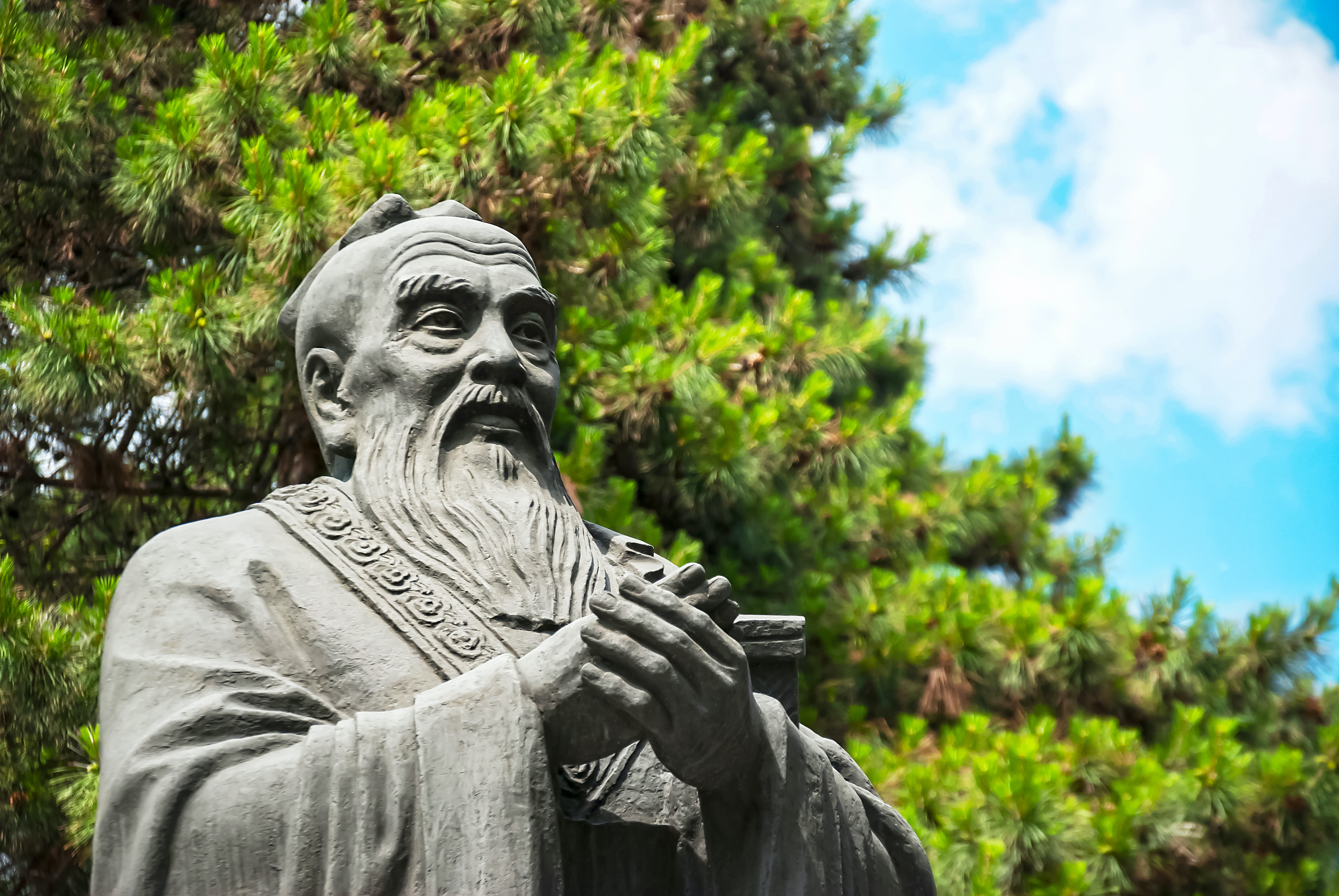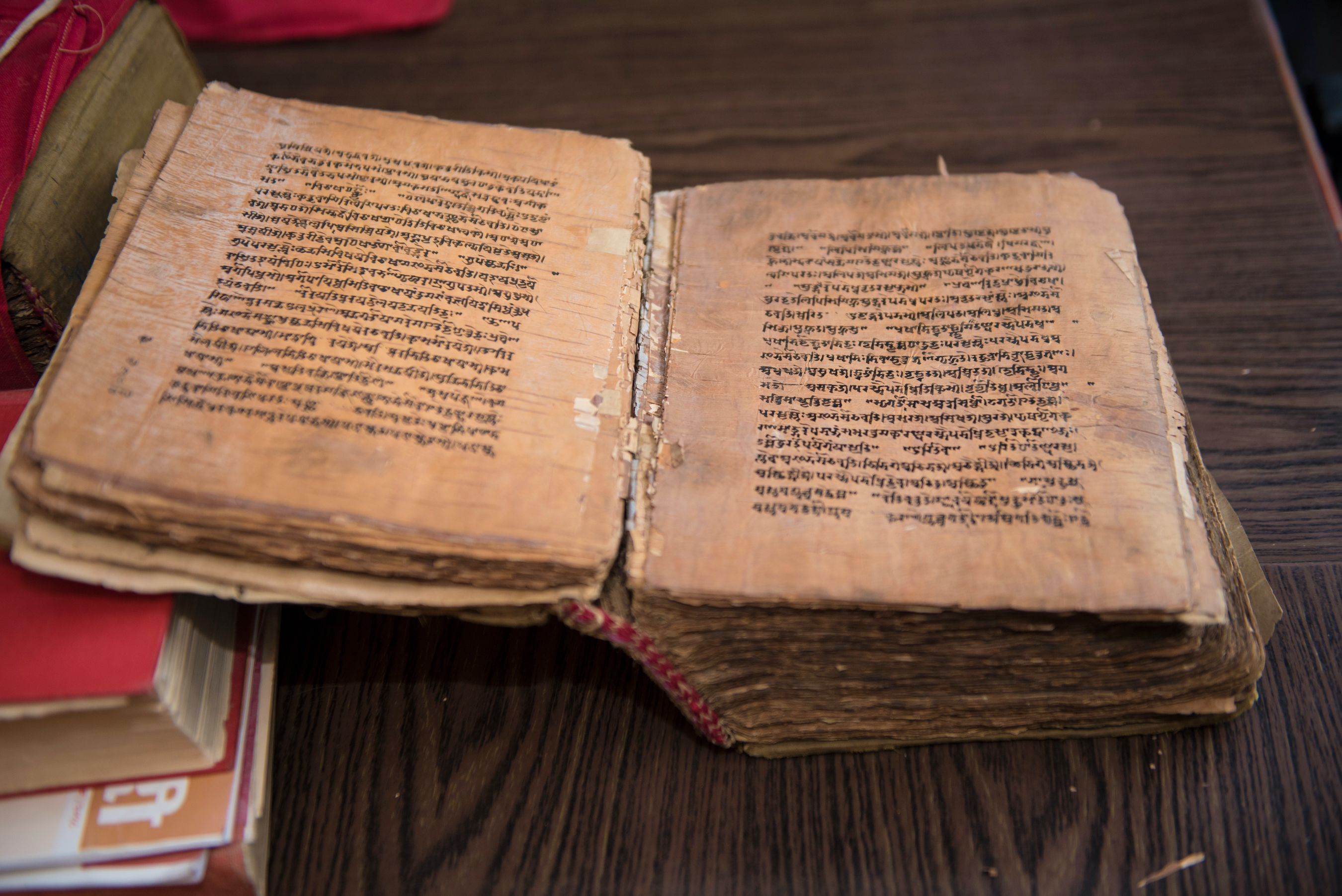Less than half a century ago, maybe as recently as the 1970s or 1980s, it seemed that there was almost no place in Chairman Mao’s China for what had been thousands of years of Chinese traditional thinking, whether it was the philosopher Confucius or the other people who lived in that very ancient time 2,500 years ago, who had shaped so much of Chinese culture. One of the great shifts over the past 30 to 40 years is that traditional Chinese thinking, and the thinking of Confucius in particular, is back in a big way in the China of today.
It’s useful to briefly consider the rather strange trajectory of traditional Chinese thinking over the last 100 years or so and then come back to the present day. Many people will have heard the name Confucius. Many people might have heard of Sun Tzu’s The Art of War, the Bing-fa, as it’s known in Chinese. But the context of this kind of traditional Chinese philosophy is not always very clear.
The centrality of traditional Chinese thinking on ethics, politics and society was essentially an underpinning web that has existed for 2,500 years or more in the context of all of the societies that have emerged in China since ancient times. Confucius is probably the single most famous thinker in that repertoire. He lived, in a broad sense, at about the same time as great figures like Plato or Aristotle in Greece, in the Western world. Confucius was someone who lived at a time of turmoil and tried to come up with an ethical system, a way of living, that would in some way both speak to the circumstances of his time and the universal.


